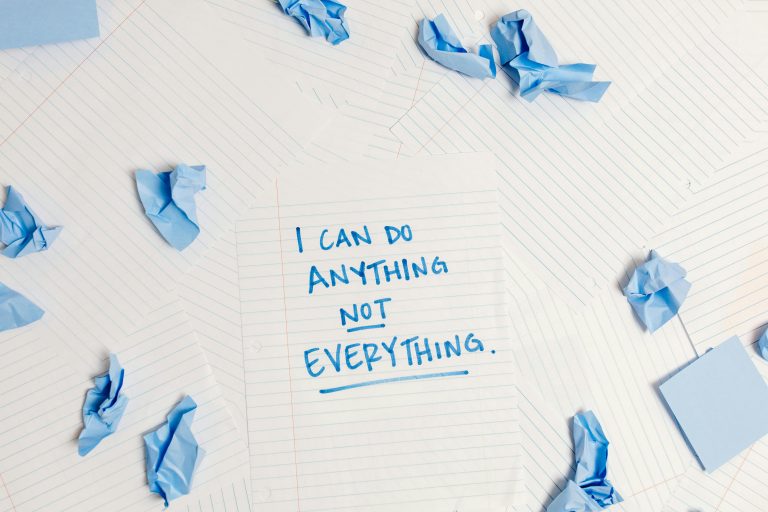
There’s nothing quite like the satisfying mental click of unscrambling a perplexing jumble of letters. For decades, the Daily Jumble puzzle has been a beloved ritual for word game enthusiasts, offering a delightful challenge with a clever punny punchline. But let’s be honest, we’ve all been there: staring at a seemingly nonsensical cluster of vowels and consonants, our brains feeling just as scrambled as the letters on the page. What if you could move from frustrated to fulfilled faster? This guide is your ultimate daily jumble solver strategy, packed with expert tips to sharpen your skills, speed up your solves, and unlock more of the fun, leaving the frustration behind.
Master the Mindset: Look for Patterns, Not Words
The biggest mistake jumble solvers make is trying to see the whole word immediately. Your brain isn’t a magic unscrambler; it’s a pattern-recognition machine. The key is to stop looking for the word and start manipulating the letters.
Start by identifying common prefixes and suffixes. Scan the jumbled letters for familiar beginnings and endings like “UN-“, “RE-“, “PRE-“, or “-ING”, “-ED”, “-TION”, “-ER”. Isolating these chunks immediately reduces the number of letters you have to deal with and provides a crucial anchor point.
Next, focus on consonant-vowel groupings. English words typically alternate between consonants and vowels. Try rearranging the letters into these common patterns, such as CVC (consonant-vowel-consonant, like “CAT”) or CVCC (“BAND”). Simply writing out different combinations, like placing a vowel between two consonants, can suddenly make the word pop out at you. This systematic approach is far more effective than a hopeful, passive stare.
Leverage Linguistics: The Power of Common Letter Pairs
English is built on a foundation of frequently used letter combinations. Training your eye to spot these can dramatically accelerate your solving speed.
High-Frequency Duos and Trios
Certain pairs of letters appear together constantly. Keep a mental checklist for combinations like:
- TH, CH, SH, PH, WH: These common consonant digraphs are goldmines. If you see a ‘T’ and an ‘H’ in the mix, they almost certainly belong together.
- ED, ING, ER, OR, LY: As mentioned, these suffixes are your best friends.
- QU: This one is non-negotiable. Where there’s a Q, a U is almost always right behind it. Find the Q and immediately pair it with the U.
Vowel Placement is Key
Vowels are the glue that holds words together. If you’re stuck, try placing the vowels (A, E, I, O, U, and sometimes Y) in different positions between the consonants. Often, seeing the vowel framework can help the consonants fall into place around them.
Practical Strategies and Pro Tips
Beyond theory, there are hands-on techniques you can use to force those letters into submission.
1. The Anagramming Technique: Don’t just look—write it down! The physical act of rearranging letters on paper engages different parts of your brain. Write the jumbled word and then systematically rewrite it below, swapping two letters each time. This visual and kinetic process often reveals the solution quickly.
2. Solve the Cartoon First: Many seasoned solvers recommend looking at the cartoon and the final answer clue first. The context and the theme can provide subconscious hints. Your brain might be working on the jumbled words in the background while you ponder the pun, making the unscrambling process feel almost effortless.
3. Take a Break and Reset: If you’ve hit a wall, the best thing you can do is walk away. Look at something else for a minute—a different puzzle, the view out your window, anything to reset your visual perspective. When you return to the jumble, you’ll often see it with fresh eyes, and the answer will appear as if it was there all along.
Embrace the Tools (Without Losing the Fun)
Is it cheating to use a daily jumble solver tool? Not necessarily. Think of it as a learning aid rather than a crutch.
If you’re truly stumped after applying all your techniques, using an online solver can help you understand what you missed. Analyze the solved word. Why didn’t I see that? Was it an uncommon prefix? A tricky vowel combination? This reflective practice teaches you new patterns and improves your skills for next time, making you a better solver in the long run. The goal isn’t just to win; it’s to become better at winning on your own.
Practice Makes Permanent: Building Your Jumble Muscle
Like any skill, consistent practice is what separates the novices from the experts. Make the Daily Jumble a part of your routine. The more you do it, the more familiar you will become with the quirks of the English language and the common words that tend to appear. You’ll start to develop an intuition for letter order, and what once took minutes will soon take seconds.
The Daily Jumble is a timeless test of wit and wordplay. By adopting these strategies—shifting your mindset to pattern recognition, leveraging common letter pairs, employing practical anagramming techniques, and using tools wisely for learning—you transform the experience from a frustrating scramble into a satisfying and swift victory. Remember, every expert solver was once a beginner staring at a jumble of letters. With these tips in your arsenal, you’re well on your way to unscrambling the fun faster than ever before. Now grab that pencil and claim your daily win!






